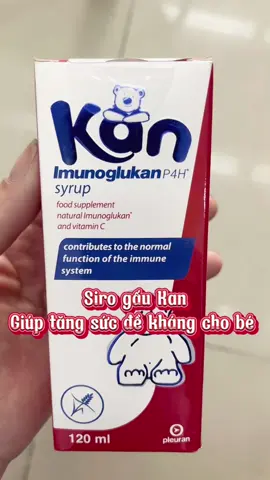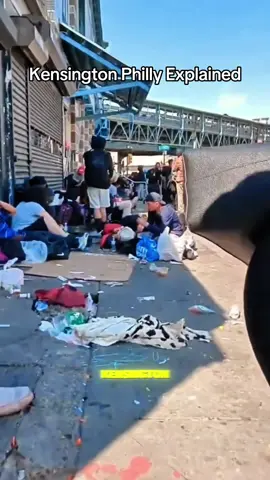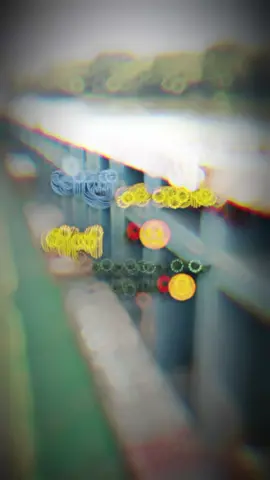Artificial Penthouse
Region: PL
Wednesday 01 January 2025 00:24:03 GMT
1155
58
2
2
Music
Download
Comments
user3862859537934 :
🥰
2025-01-03 12:46:30
1
Yves Marot870 :
❤❤❤❤❤sublime beauté ❤❤❤❤❤❤❤❤
2025-01-01 00:40:43
1
To see more videos from user @artificial_penthouse, please go to the Tikwm
homepage.





